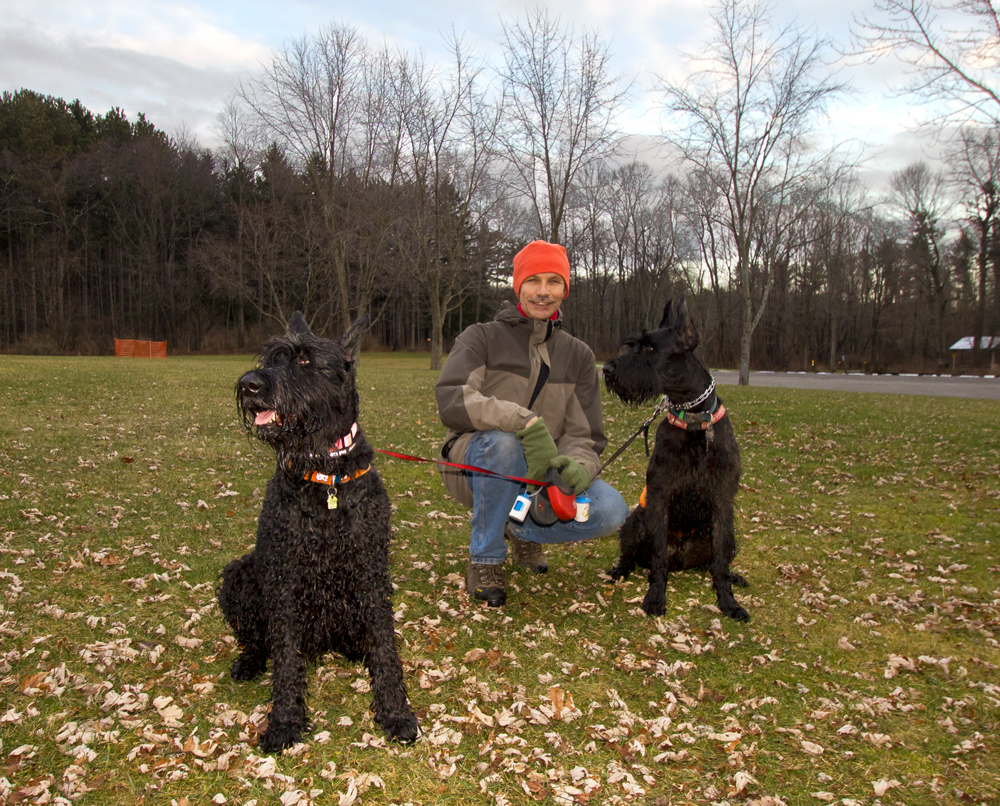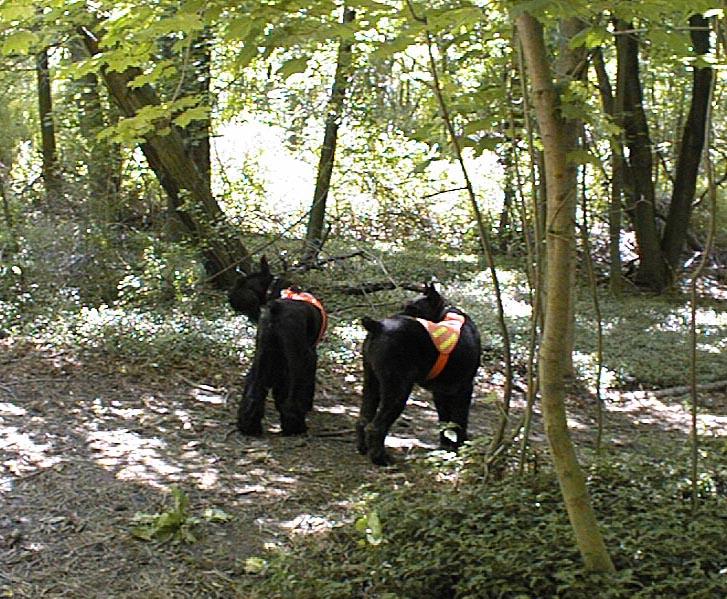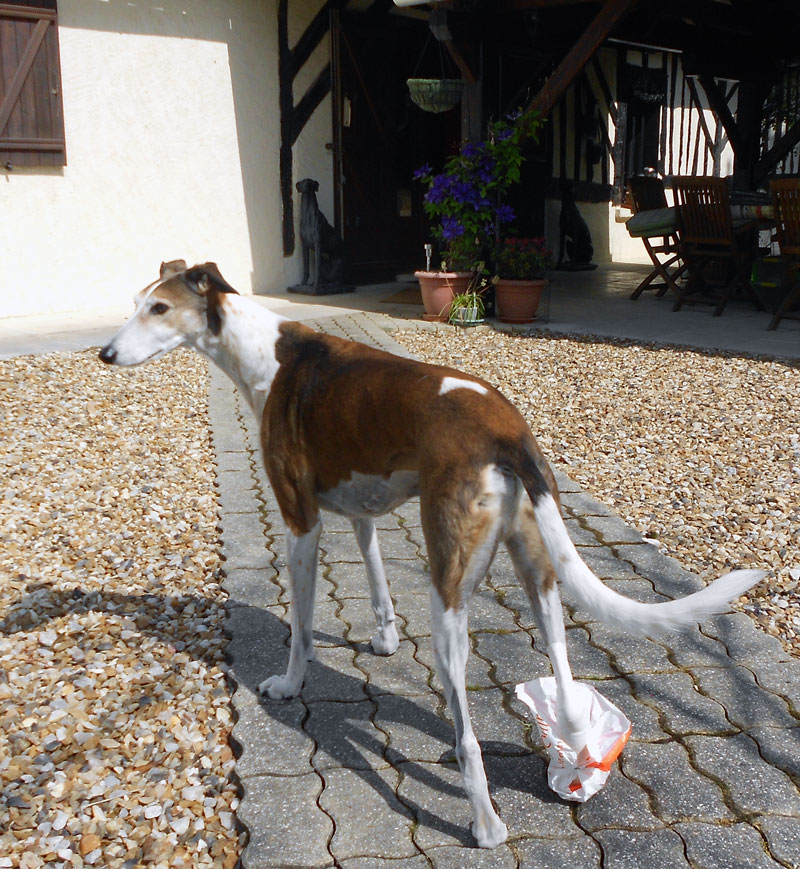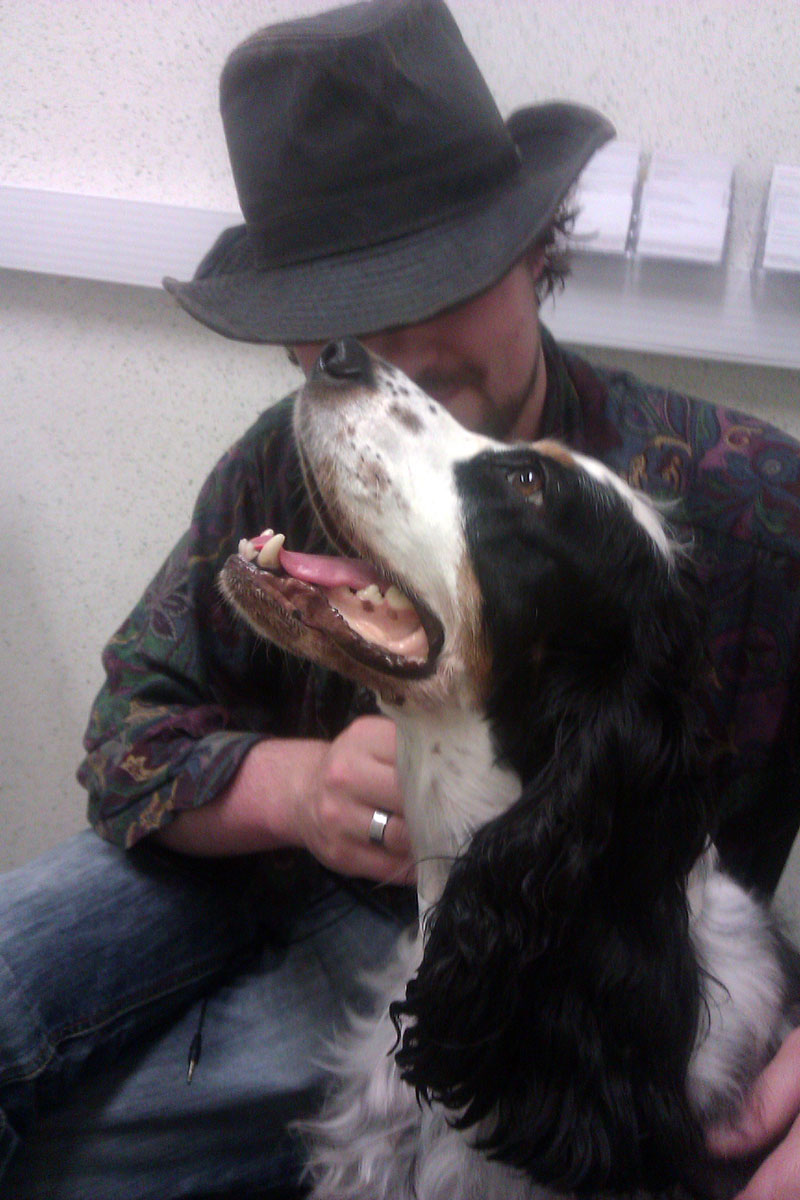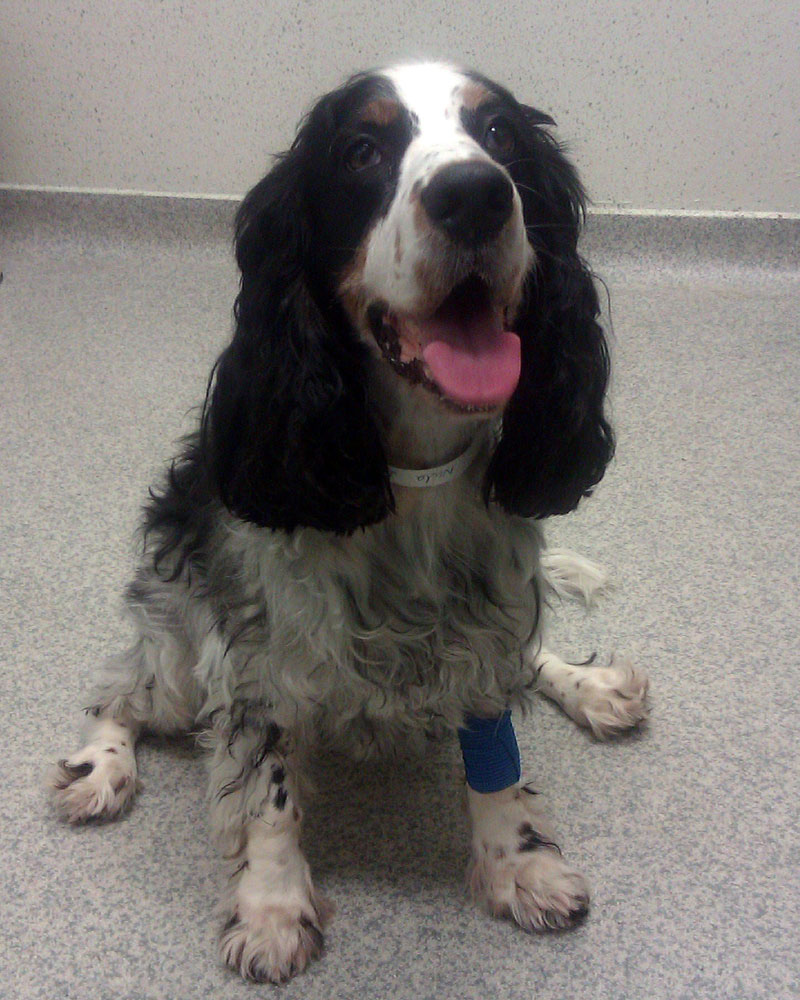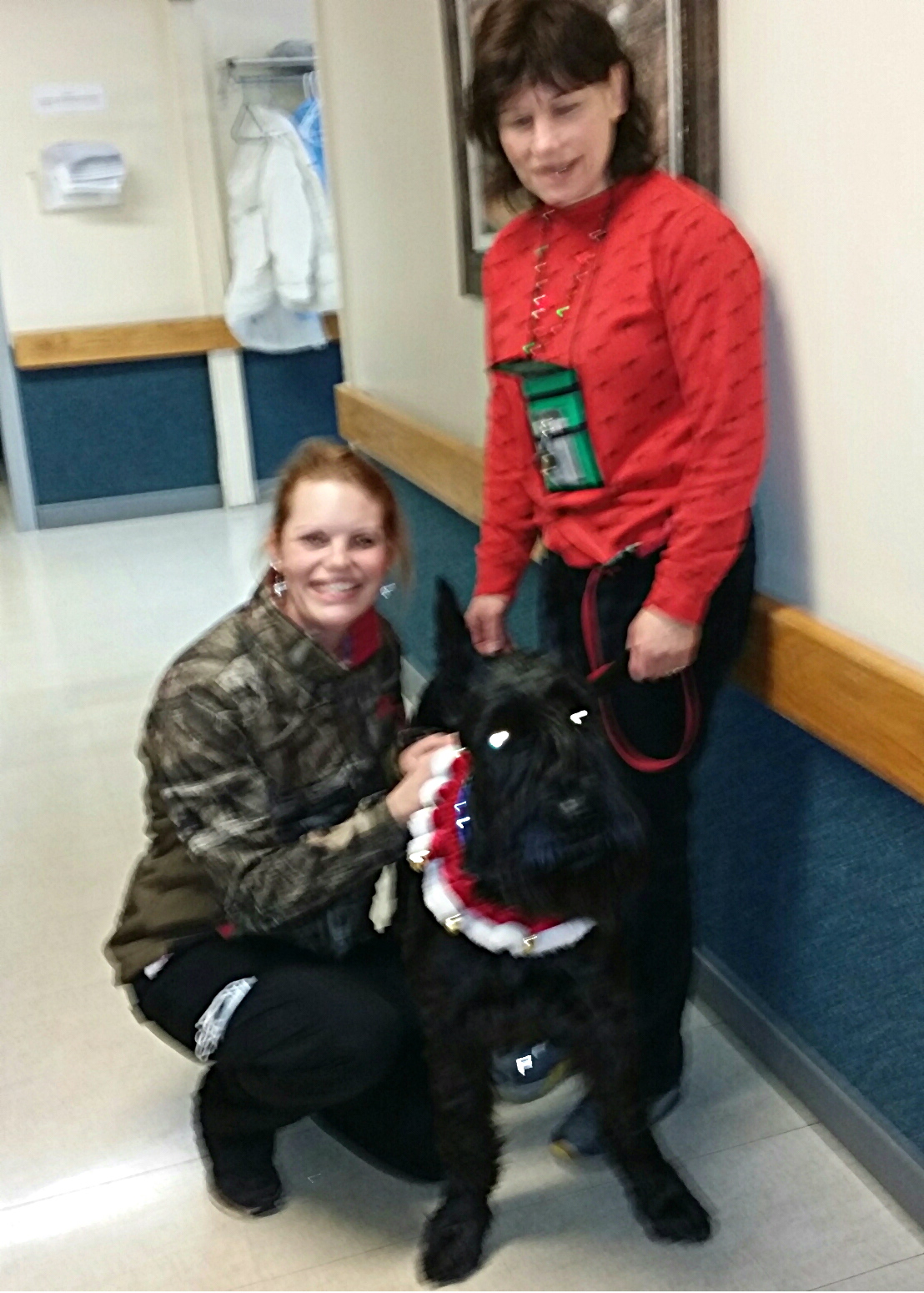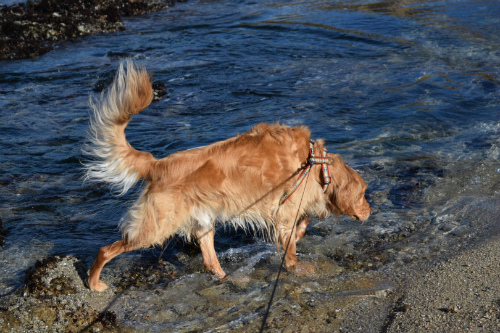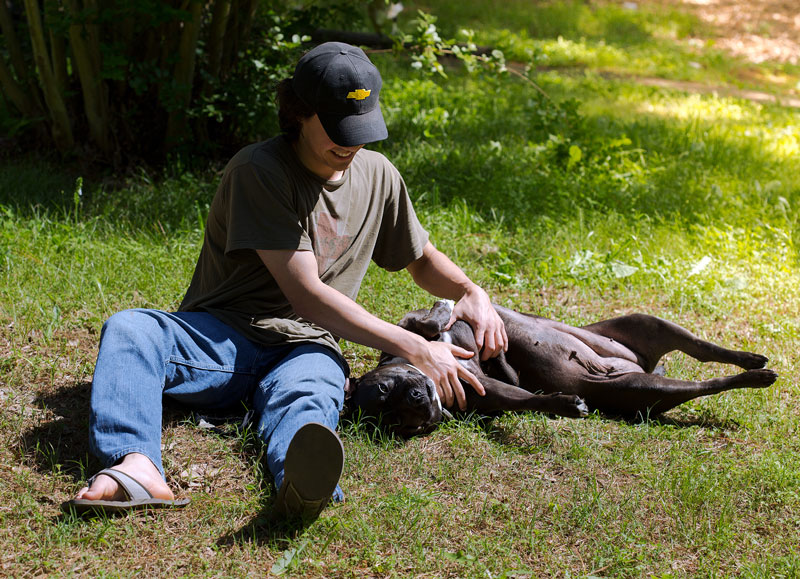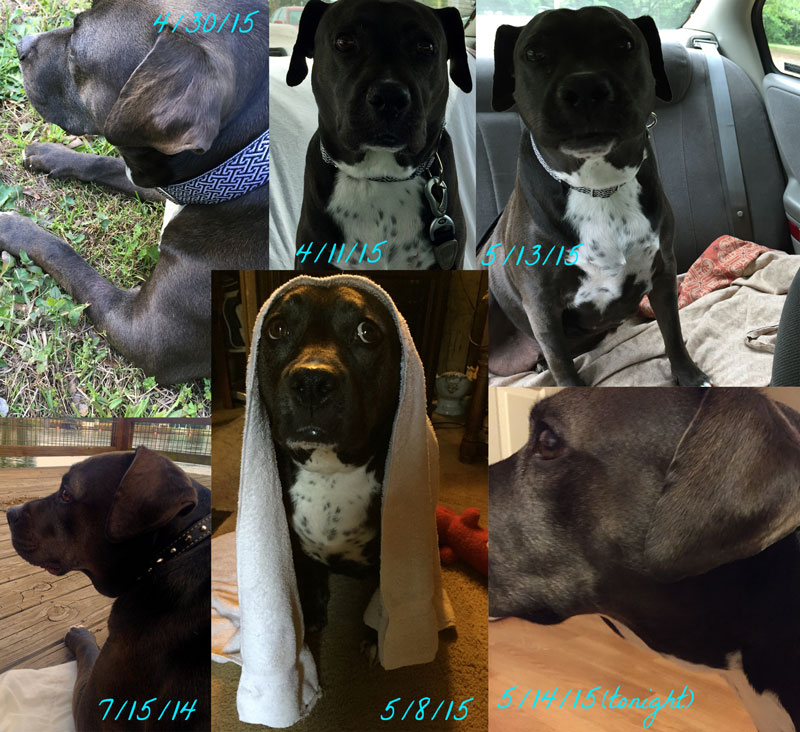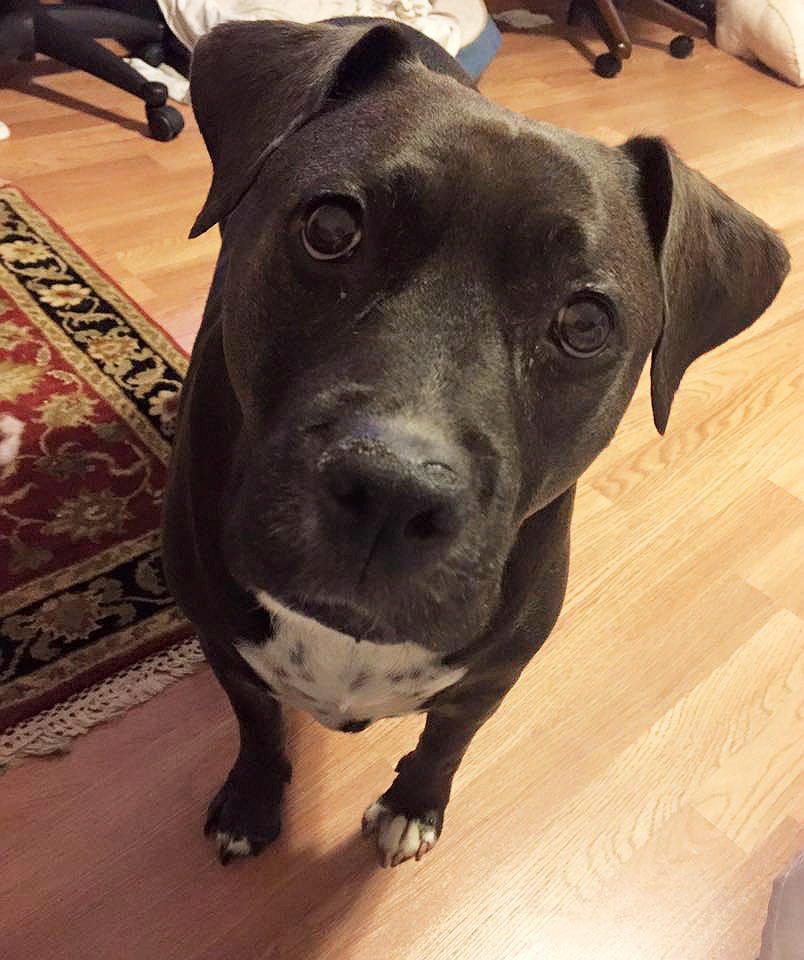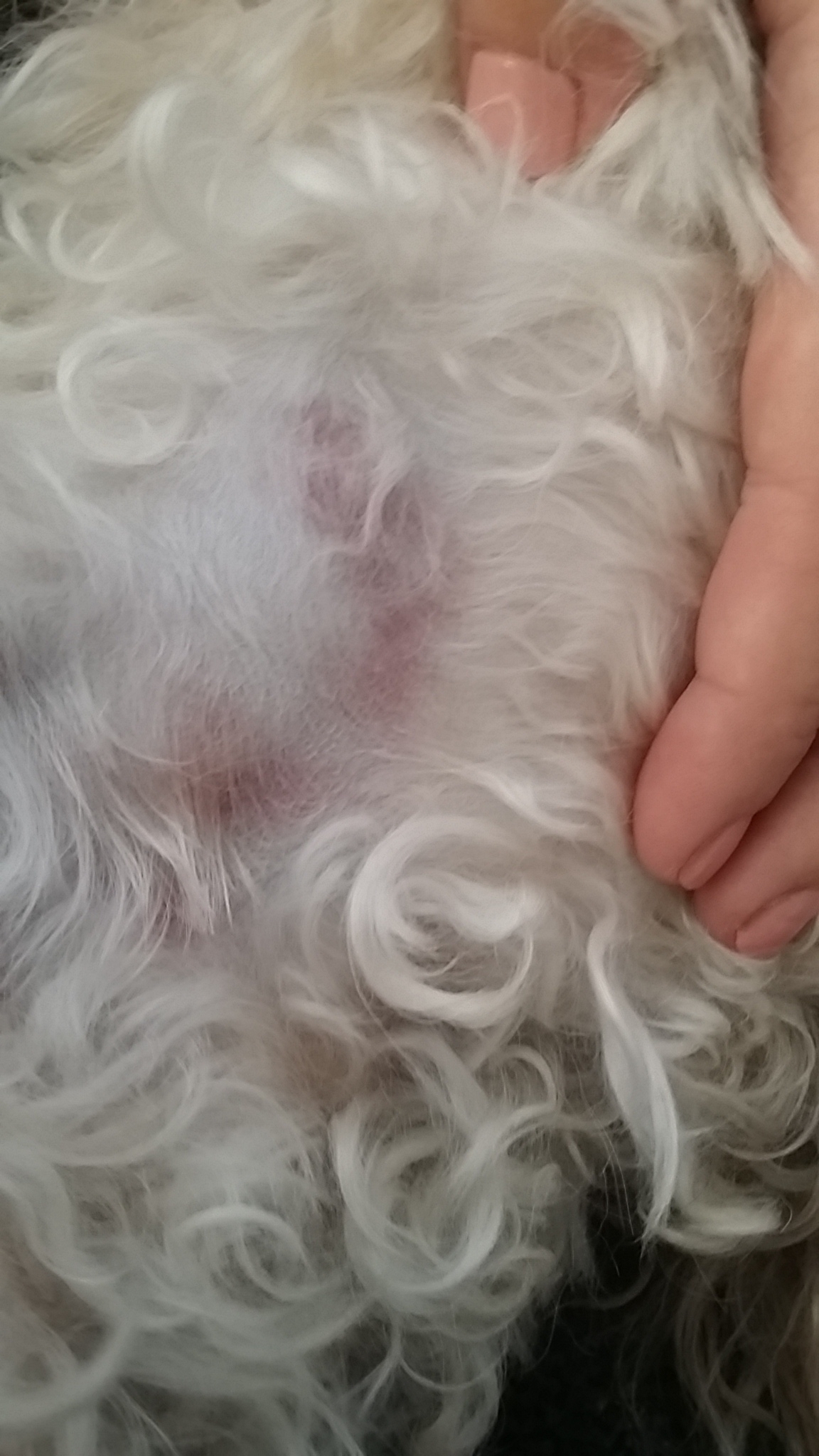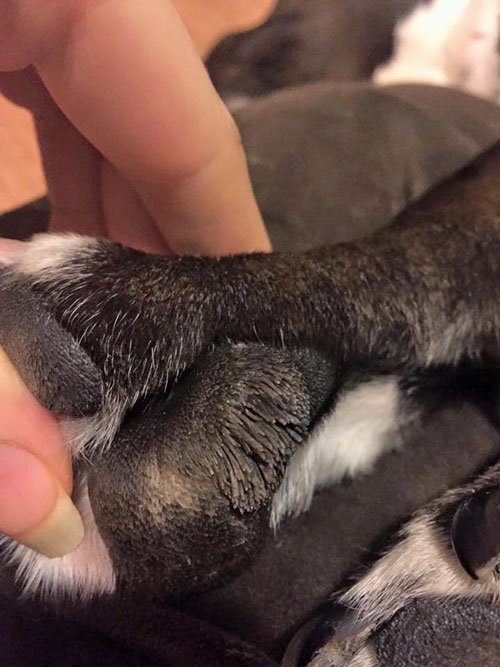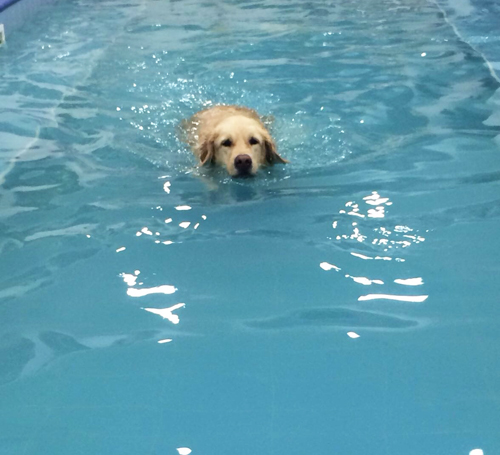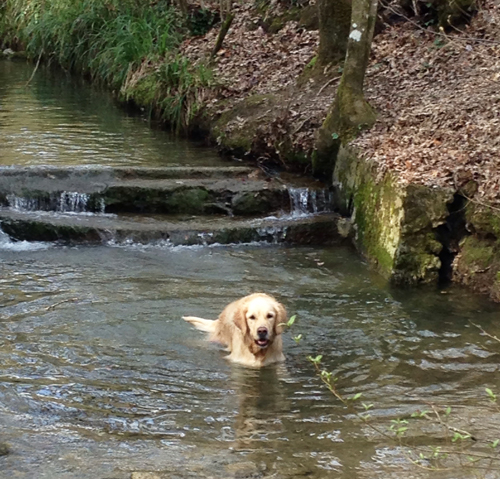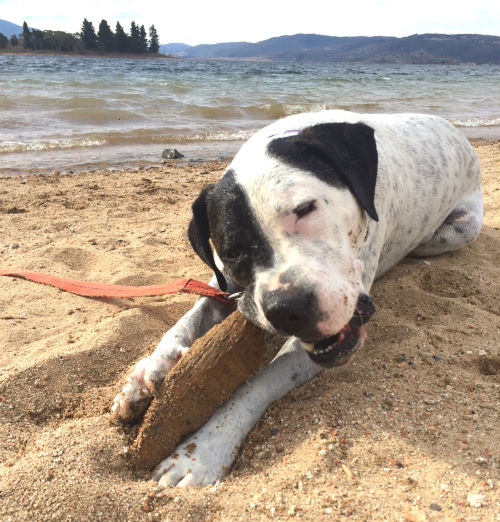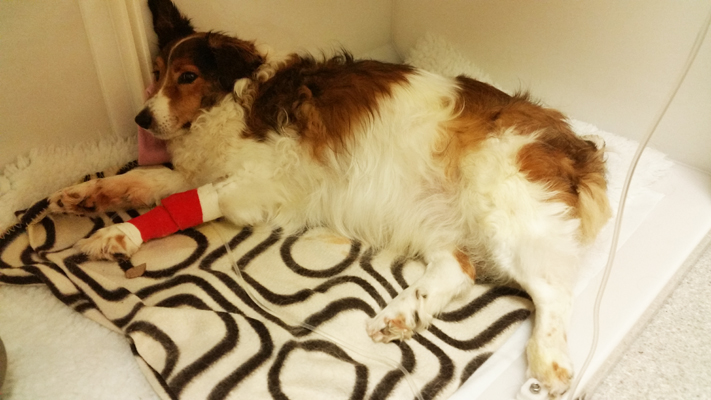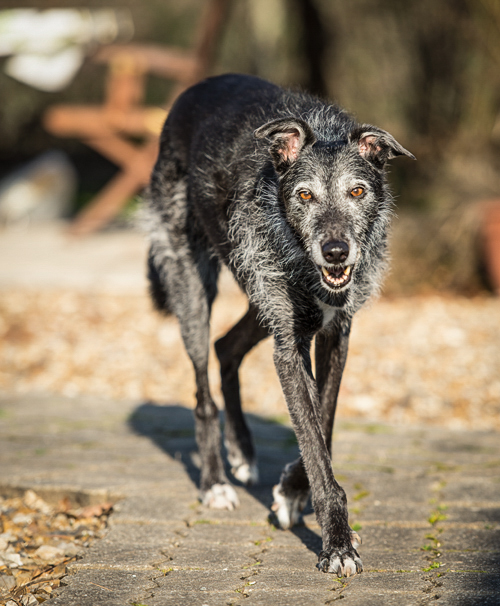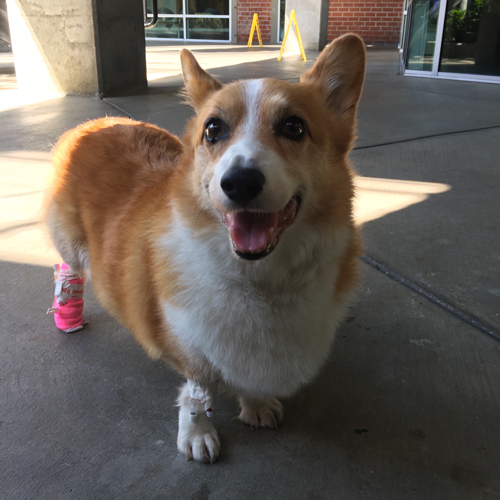- Second Chance AIHA ›
- Forums ›
- AIHA Dog ›
- Bravecto and cyclosporine?
Hi all,
We posted a while ago (in December/January mostly) about our dog, Bean, who was diagnosed with IMHA and had a blood transfusion at six months old.
She’s doing well now, and we have successfully weaned her off prednisone (a very looooong journey) and have begun weaning her off her cyclo. She was on .47 mg and has been reduced so far to .35.
My question is, is it safe to use flea and tick medications while on cyclosporine? Our vet initially recommended against it and basically said we should try to avoid putting anything unnecessary in her system while weaning her off the cyclo so that it doesn’t interfere with her blood test results.
However, we’ll be going hiking/camping with Bean and don’t want to take the chance of her picking up any ticks. So our vet recommended Bravecto, it’s a single tablet that will last basically three months.
Is this safe to give to Bean while she’s on cyclo? I googled and tried calling the Bravecto hotline but it didn’t work. Our vet doesn’t seem concerned, but I want to take all precautions in the off-chance that he missed something?
Thanks in advance,
Nikki & Bean!
Hi Nikki and Hey Bean – well done you champion !!!!
The tick issue crops up from time to time. Patrice has just mentioned this in another topic. This is her quote:
“I am cautious about any tick product that also attempts to control fleas. Many of the ingredients used to do this are called insect growth regulators IGR and these have drawn scrutiny by governing bodies who regulate these products, there is talk of removing them from the market because they are not without serious side effects and can make some dogs ill. Fleas can be a nuisance but they aren’t necessarily life threatening.
Thus my recommendation to use Frontline. It’s job is to cause neurological havoc to a tick’s nervous system (and should not be used on Collie breeds). Applied topically this seeps into the oil pores in the skin and coats the body. Ticks slugging through this stuff get coated and are unable to attach to the dog, their mouth parts paralyzed. They will die eventually but some people can be confused why they may still see them wandering around.
Manual removal is also a good technique and an owner has to be constantly alert that this is done properly. I like my method of repelling them with permethrin impregnated clothing, it works on me as well.”
Please remind me, what breed is Bean??? Not a Collie breed right?
Vally
Nikki,
How did you make out with this? Vally was correct that I don’t recommend some of the newer products on the market that try to be “everything” in the way of parasite protection. “Getting it out of the way” by dosing every three months really means that there must be a higher dose of pesticide and there must be enough internally to continue to supply the skin with it. I am reluctant to use my dogs as “internal dispensers of pesticides.”
Bravecto is the brand name for fluralaner. This drug is an inhibitor of the arthropod nervous system. So I want to search out how this drug works and what side effects it may have. We have a resource on our website where I can do just that.
https://www.secondchanceaihadogs.com/parasite-resources/
On this page click on the National Pesticide Information Center to open that website.
So I did that and was surprised to not find fluralaner in the database. So after research I discovered that “Potency of fluralaner is comparable to fipronil (a phenylpyrazole ectoparasiticide).” So now I can search for fipronil in the database.
But I also happen to know that fipronil is the active ingredient in Frontline, just as Vally mentioned above, I use it topically on my dogs to prevent tick bites. I do not give in internally.
So let’s look at what the database says about this pesticide.
http://npic.orst.edu/ingred/fipronil.html
“Fipronil kills insects when they eat it or come in contact with it. Fipronil works by disrupting the normal function of the central nervous system in insects. Fipronil is more toxic to insects than people and pets because it is more likely to bind to insect nerve endings.’
In more detail they describe what happens when you apply this to the skin and what happens if you ingest it.
Tests have shown that applying it on the dog’s body using a vehicle of oil allows it to gather in the hair glands where it coats the hair or fur. Ticks slugging through oily pesticide develop neurological dysfunction. They simply aren’t able to move well and they are unable to effectively get their mouth parts to grab hold of the skin and attach to the body. They are paralyzed and won’t be passing on tick disease.
Yes there are certain dog breeds, mostly the Collie’s, that do have a sensitivity to this pesticide. They can have neurological symptoms that are similar.
I have always recommended getting flea and tick products from the vet because of this. Not all dogs can tolerate these products. In addition, some owners think if a little is good, then more is better. These products need to be used exactly as the label recommends. Some dogs or cats who are given too much can become ill.
As for heartworm, I use what Dr. Dodds recommended to me years ago, Interceptor. It can be used for very ill dogs in 45 day dosing cycles, but there is NO WIGGLE ROOM if you dose this way. It must be exactly 45 days. The label says 30 days because owners can forget to give it and probably remember sometime in the window of 30-45 days.
For trips into tick infested areas I also use, not only on the dogs but also on us, permethrin impregnated clothing (we have shirts, pants, socks and hats as well.) This is a powerful insect repellent that is very effective but should not be used directly on the skin and it can’t be ingested. So the clothing is impregnated with it and doesn’t weep onto the skin. Tests done by the military show the only place they can find where this leaves the fabric is in dryer lint. It won’t weep in water or in the wash. We tie bandannas on the dogs’ necks securely to keep ticks away from their faces. This is one place where you can’t apply Frontline and the location where we would find ticks.
I see there are plenty of websites selling these bandannas (and human clothing too.) Pick one that is within your budget. Most of these must follow government regulations to sell them. Here is one study that shows a 93% reduction in tick bites.
https://www.insectshield.com/Tick-Study.aspx
When we finish with walks in the areas where we know there are ticks, before the dogs get in the car, I rub them down briskly with towels, focusing on their beards, eyebrows, between the toes, armpits and groin. All places where ticks may be able to get away from the Frontline.
my best
patrice










